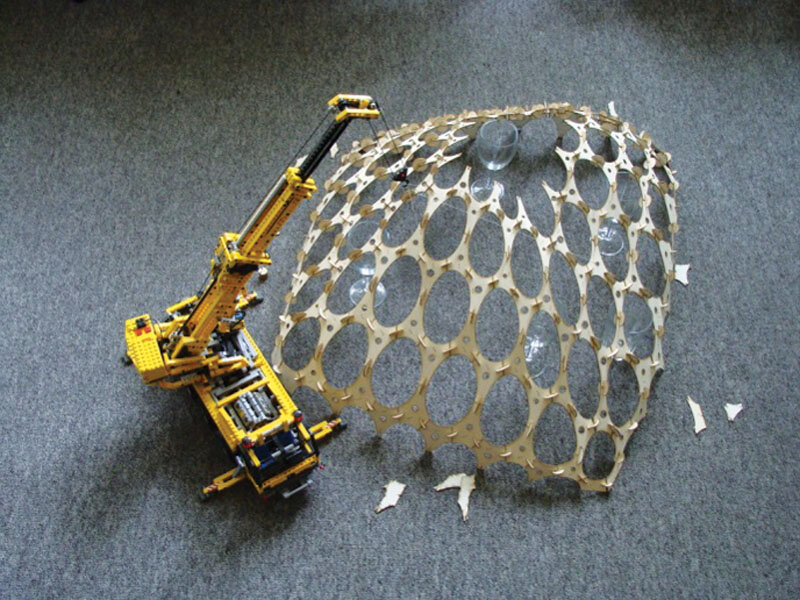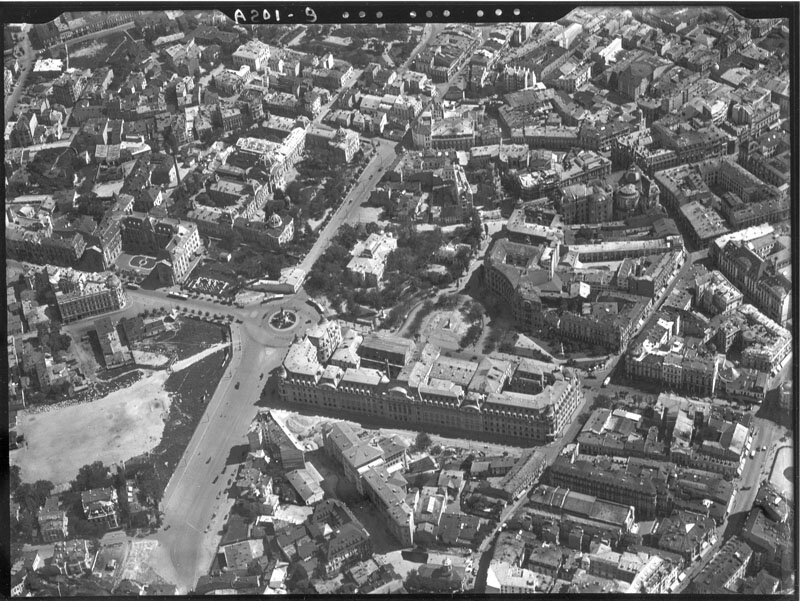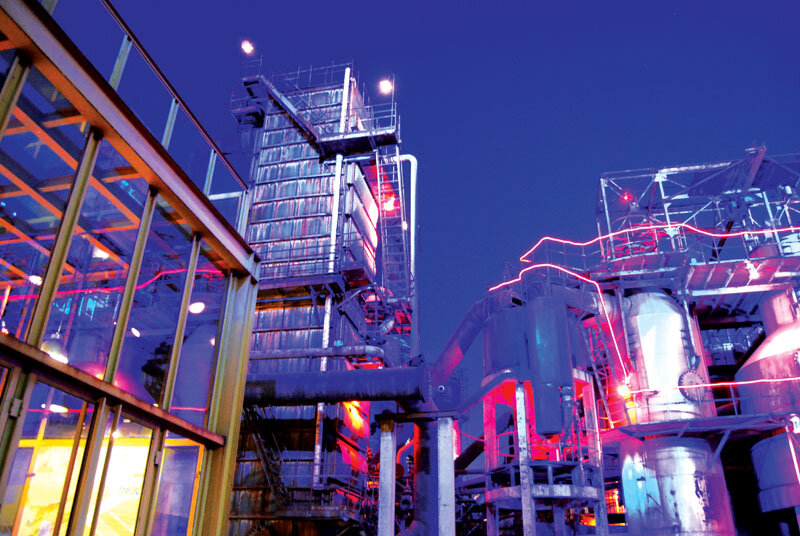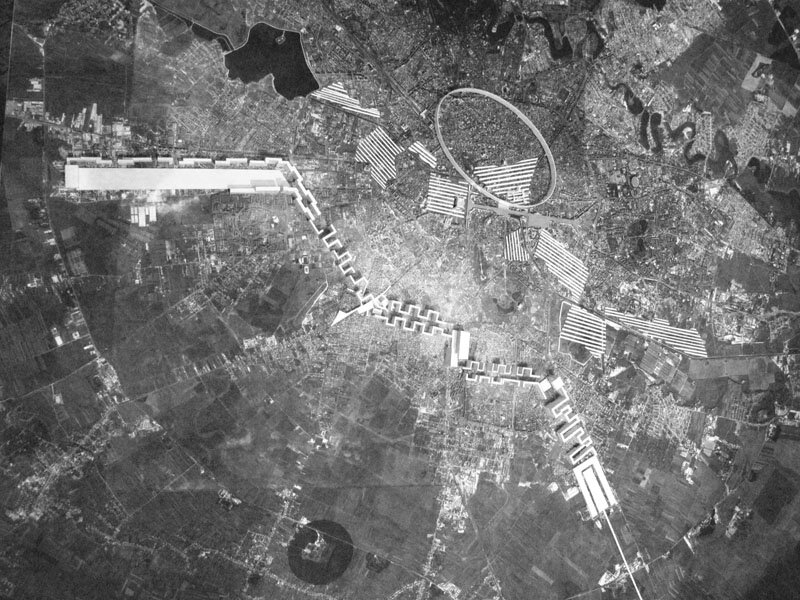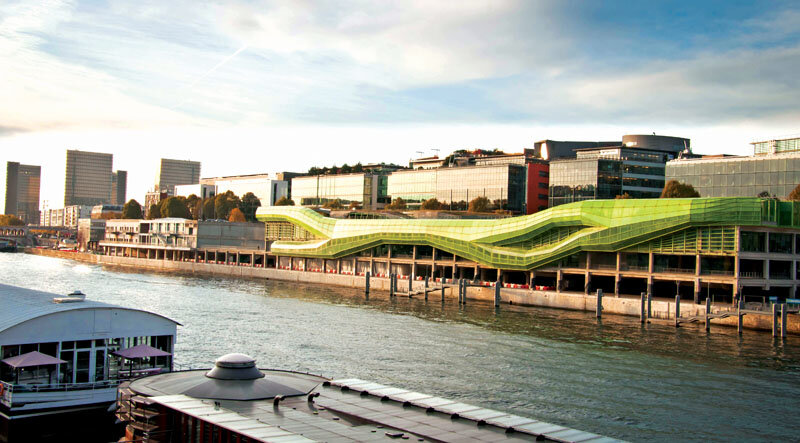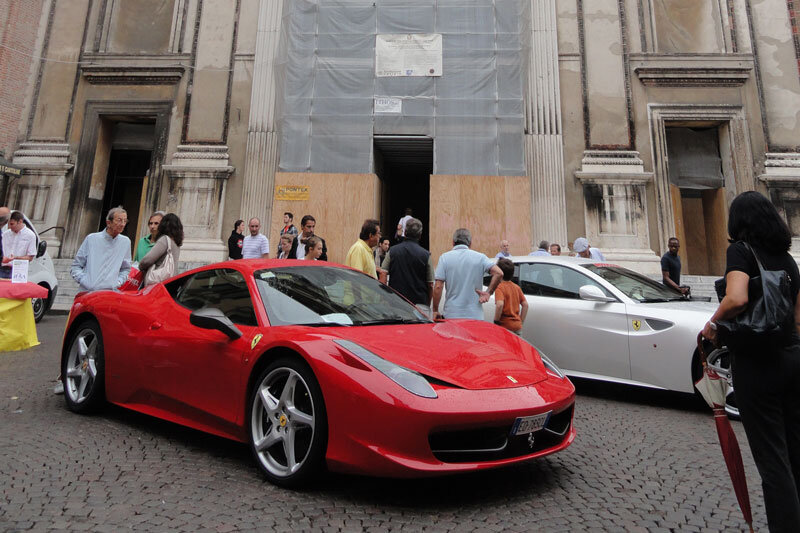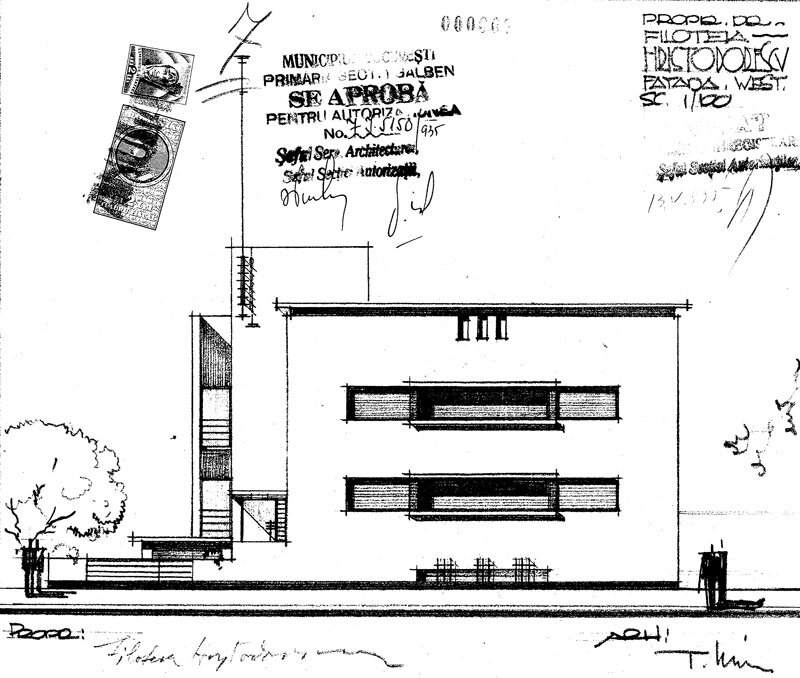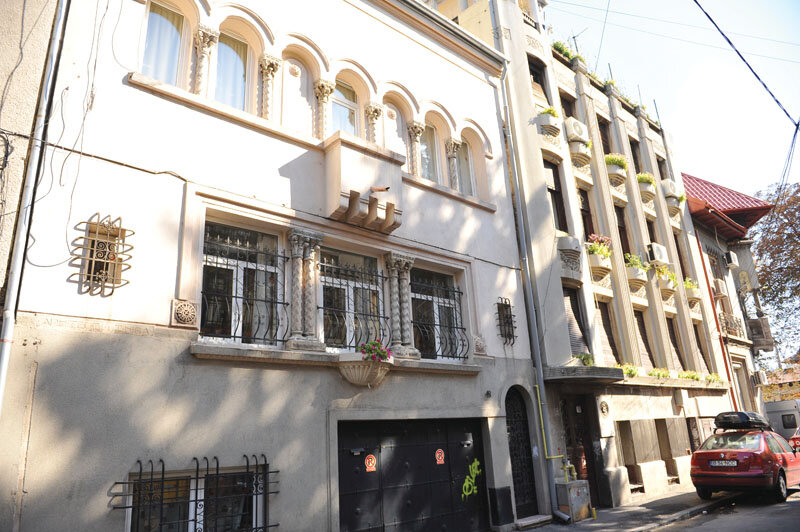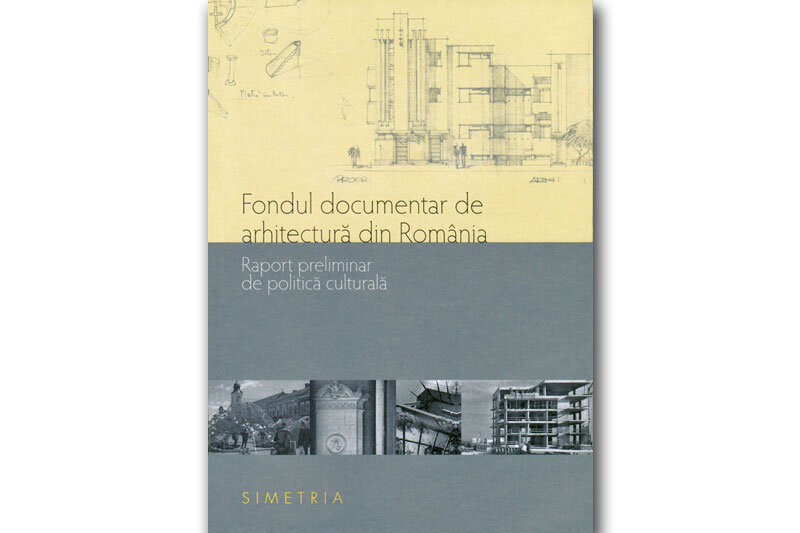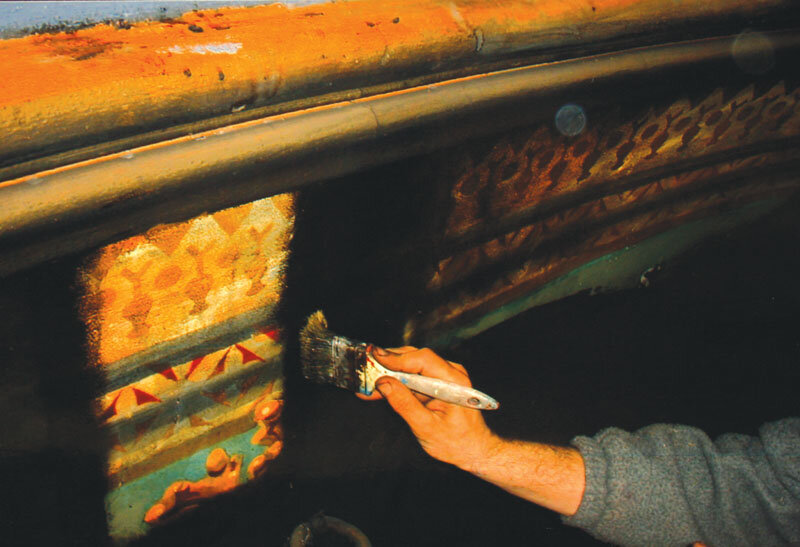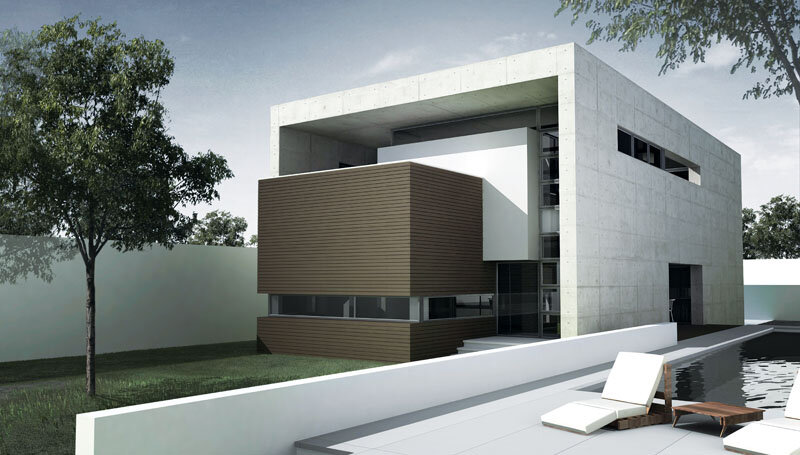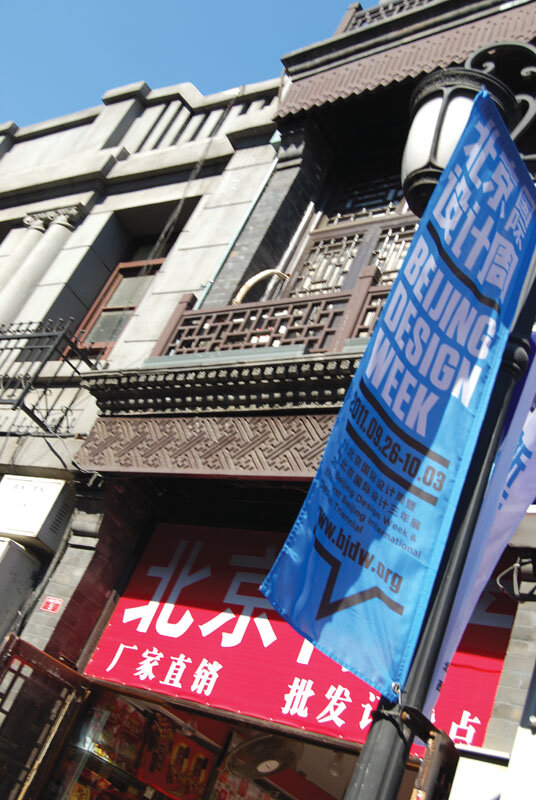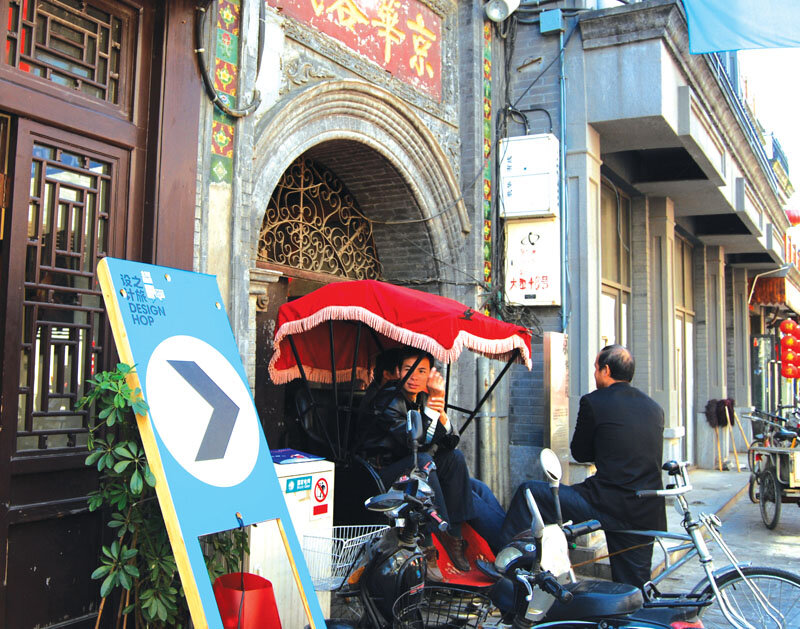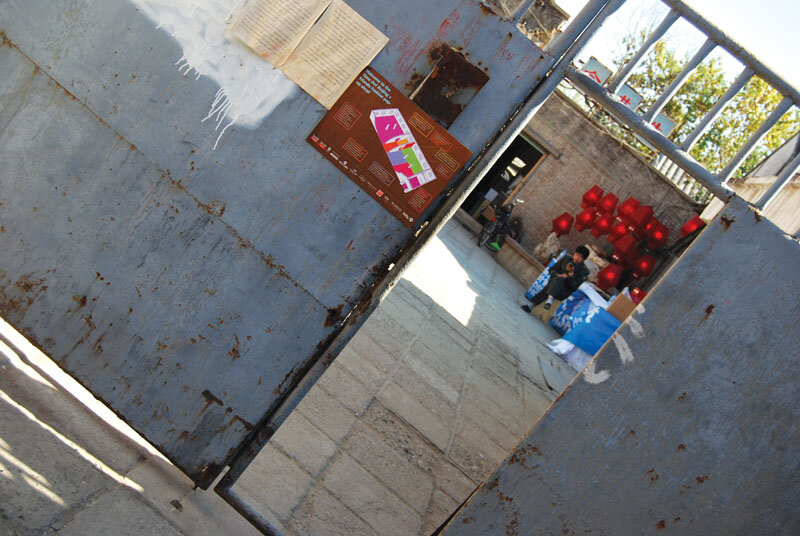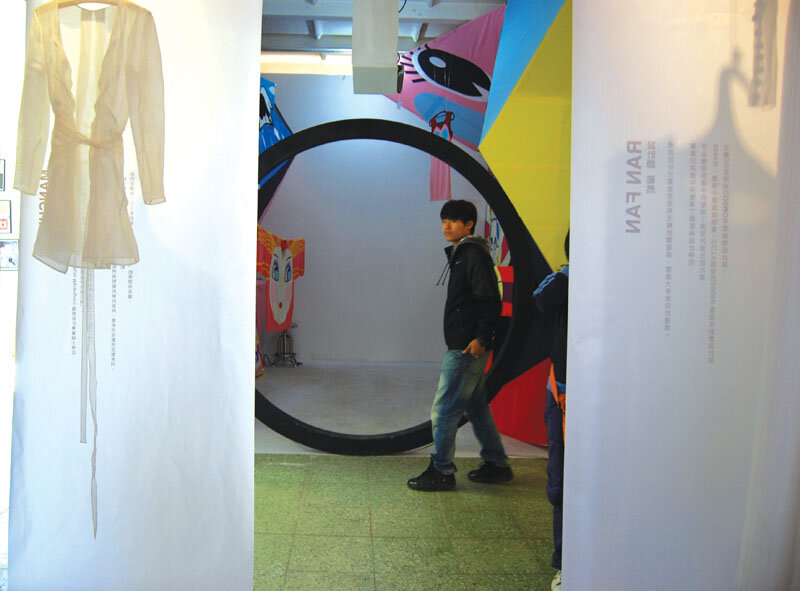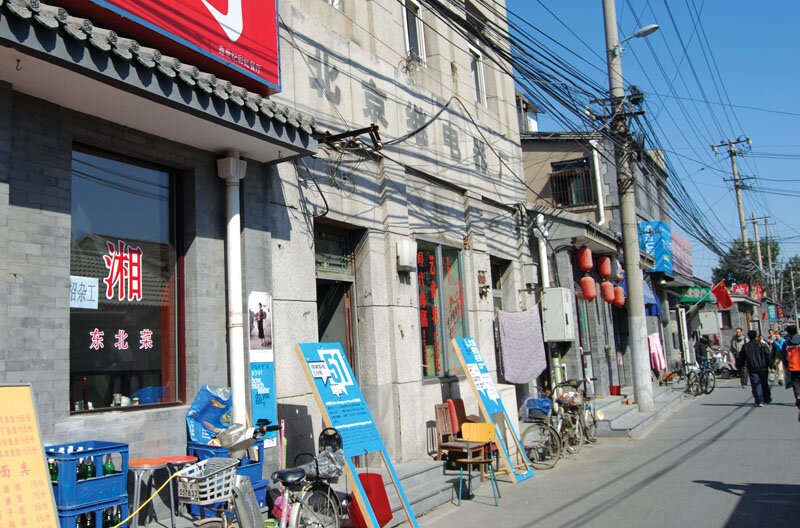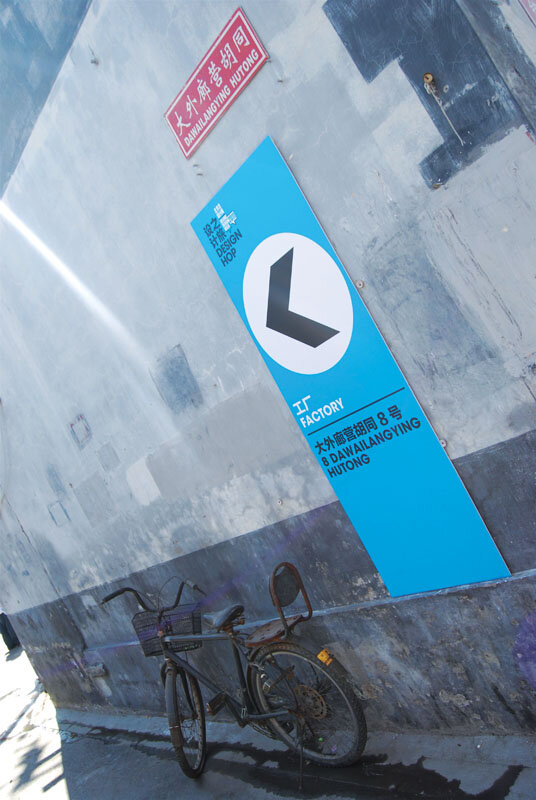
Made in China


Designed in China
| 1, 2, 3… 52... 86, 87, 100... 115 - cifre care marchează o serie de evenimente, expoziții și instalații interactive în cadrul Săptămânii de Design din Beijing 2011 (http://www.bjdw.org/en/) și Prima Trienală Internațională de Design din Beijing, care au avut loc între 26 septembrie și 17 octombrie 2011. Ghidul acestor trei săptămâni conține descrierea detaliată a tuturor evenimentelor care, împreună, inițiază o mișcare, un proces ce are ca scop principal transformarea conceptului Made in China în conceptul Designed in China.
751 reprezintă locul unei foste centrale de gaz care, prin reconversie, a devenit forul principal în dezvoltarea noilor idei creative din oraș. Cu ocazia 2011BJDW, aceasta a găzduit o serie de expoziții alături de conferințe, seminarii și workshopuri (activitățile 1, 2, 3… 32) acoperind subiecte legate de la arhitectură, design interior și de mobilier până la grafică, media și modă. De la scaunele SPUN create de Heathterwick Studio până la sistemele senzoriale de iluminat propuse de Studio Roosegaarde, vizitatorii au avut ocazia să interacționeze cu o serie de obiecte inovative, ca să înțeleagă ce înseamnă un „design de calitate” (Good Design). Evenimentele 33, 34… 54 s-au desfășurat în Hutong, în zona Aleea Dashilar, în jurul centrului istoric al orașului Beijing. Expozițiile, conferințele, atelierele și instalațiile au avut ca scop comun să conștientizeze problematica acestui cartier, „ca acesta să poată fi transformat într-un mod sensibil și organic” (2011 Beijing Design Week Guidebook). Prin introducerea diferitelor puncte, spații legate de Design Week în locațiile ascunse a Hutongului, vizitatorii au avut ocazia să experimenteze mai ușor aceast misterios, dens și complex sistem de spații. Printre altele, expoziția din această zonă denumită Hutopolis, organizată de Arquitectos AQSO, marchează punctul de plecare al unui program de experimentare care, în viitor, va cerceta „noile granițe ale dezvoltării urbane din China” (2011BJDW Ghid). |
| Citiți textul integral în nr 5 / 2011 al Revistei Arhitectura. |
| 1, 2, 3… 52 ... 86, 87, 100... 115 - numbers indexing a series of events, exhibitions and - mostly - interactive, design related activities all around Beijing under the umbrella of the 2011 Beijing Design Week (http://www.bjdw.org/en/) and The First Beijing International Design Triennial (September the 26th and October the 17th 2011). The guidebook of these 3 weeks is a detailed description of all the events that initiate a movement, a long process that has as its ultimate goal the transformation of Made in China into Designed in China.
751, a former gas power plant, now converted for use as a driver for the city’s creative renaissance, showcased installations, exhibitions, alongside talks, seminars, workshops and activities no 1, 2, 3… 32 covering topics spanning from architecture, furniture, industrial and interior design to graphics, new media and fashion. From Heatherwick Studio’s SPUN chair to the sensorial lighting system created by Studio Roosegaarde one could interact with a whole array of innovative design objects, and consequently understand the meaning of “good design”. Events no 33, 34 … 54 took place in the Hutong, around the Dashilar Alley, in the heart of Old Beijing. The exhibitions featured in this district, the talks, workshops, installations were all part of an effort “to bring a renewed public awareness to Dashilar that, it is hoped, will help transform the area in a more sensitive, organic way”( 2011 Beijing Design Week Guidebook). By inserting Design Week-related spots into the Hutong’s hidden locations, one could more easily experience the mysterious and organic cluster of spaces of this historical part of Beijing. Among the others, the exhibition called Hutopolis was organized by the AQSO Arquitectos, and it’s a starting point of an experimental research program that will investigate in the future the “new boundaries for urban development in China” (2011BJDW Guidebook). |
| Read the full text in the print magazine. |








